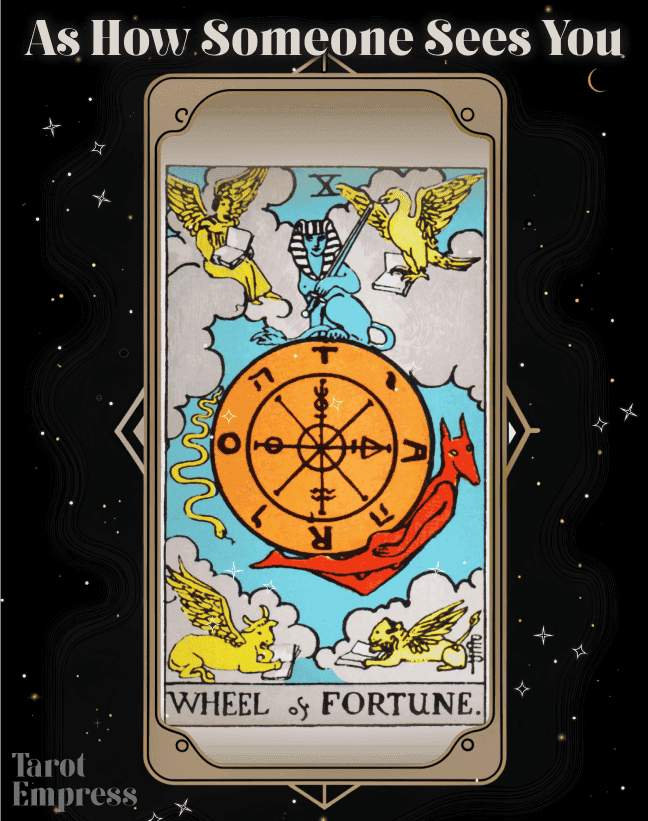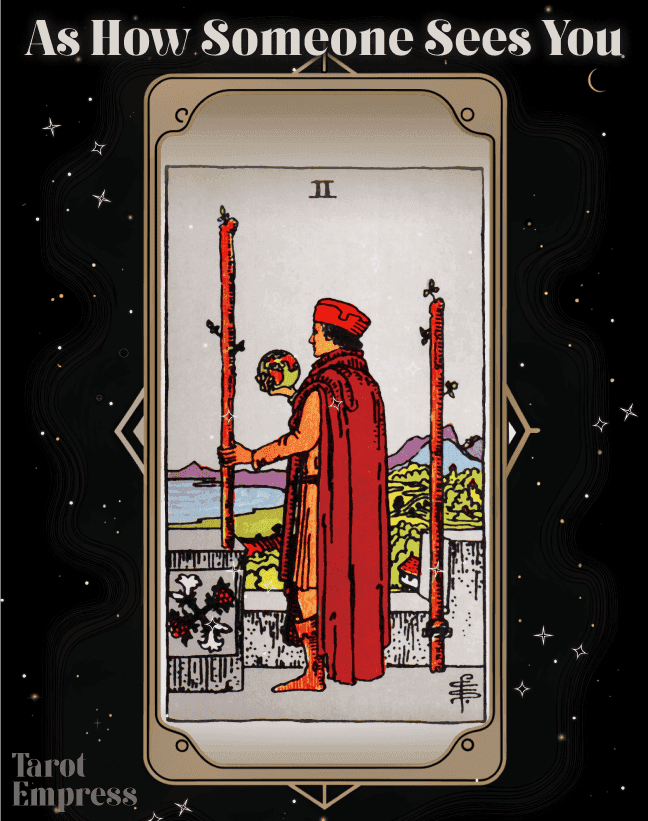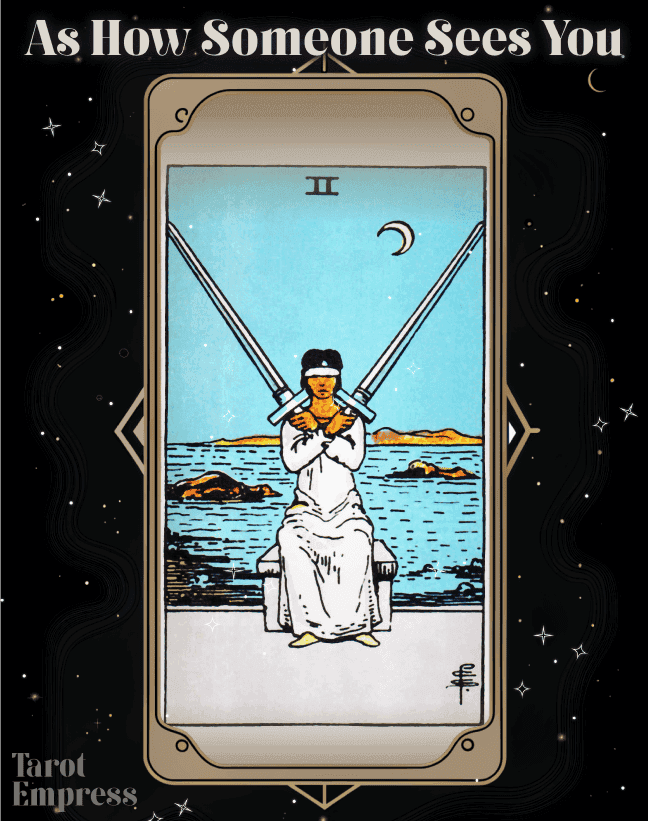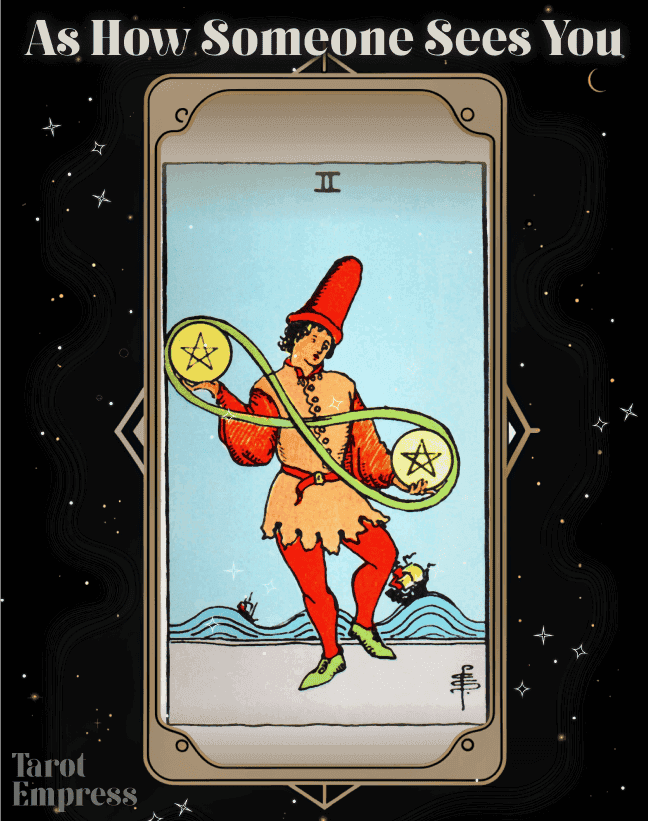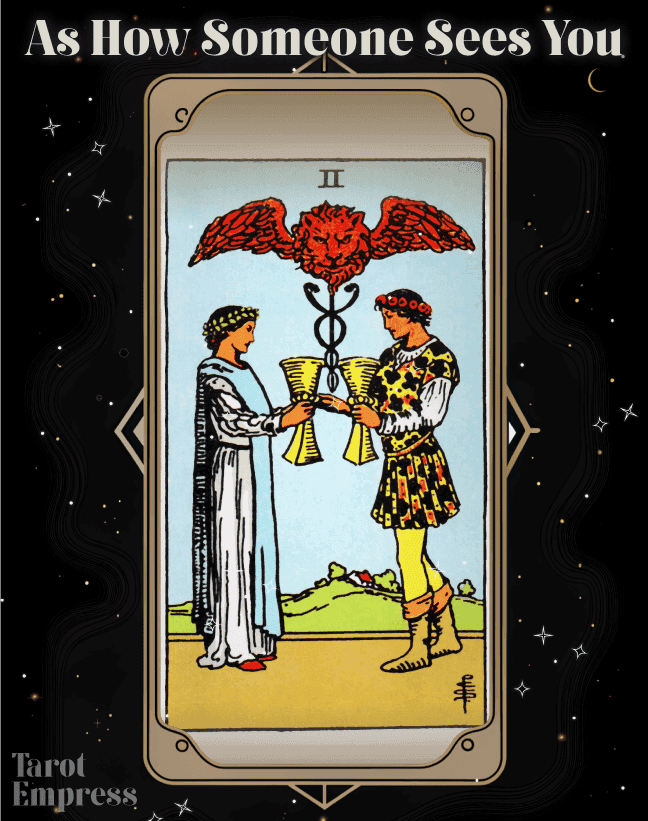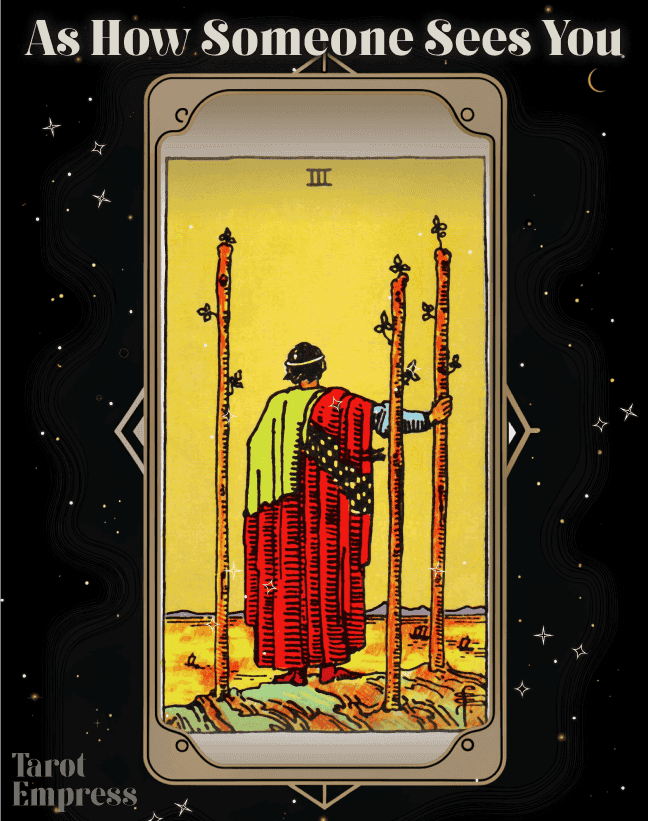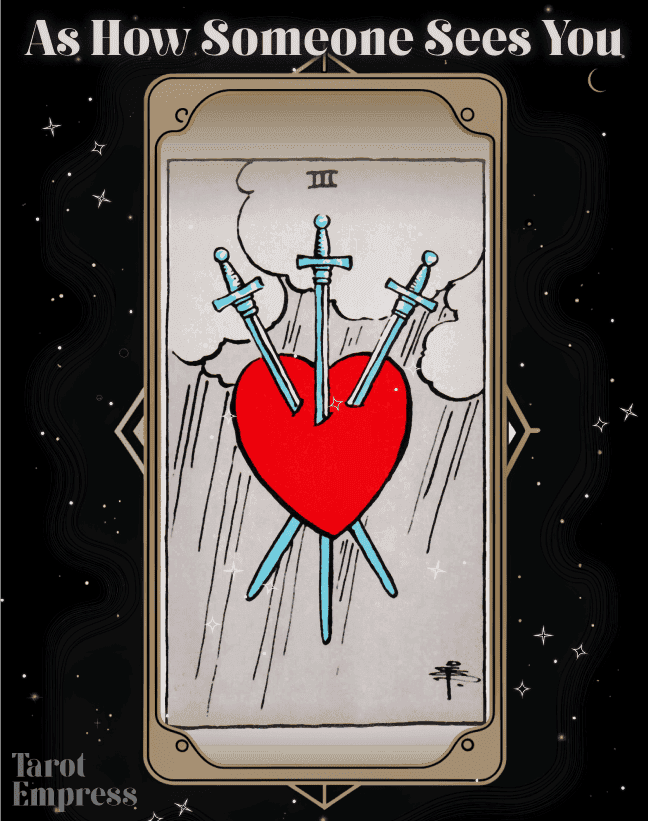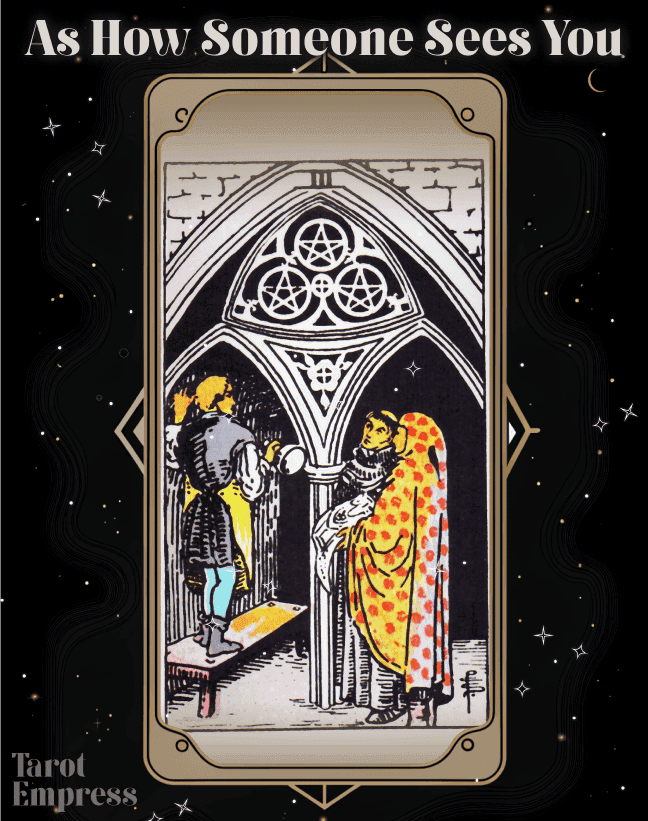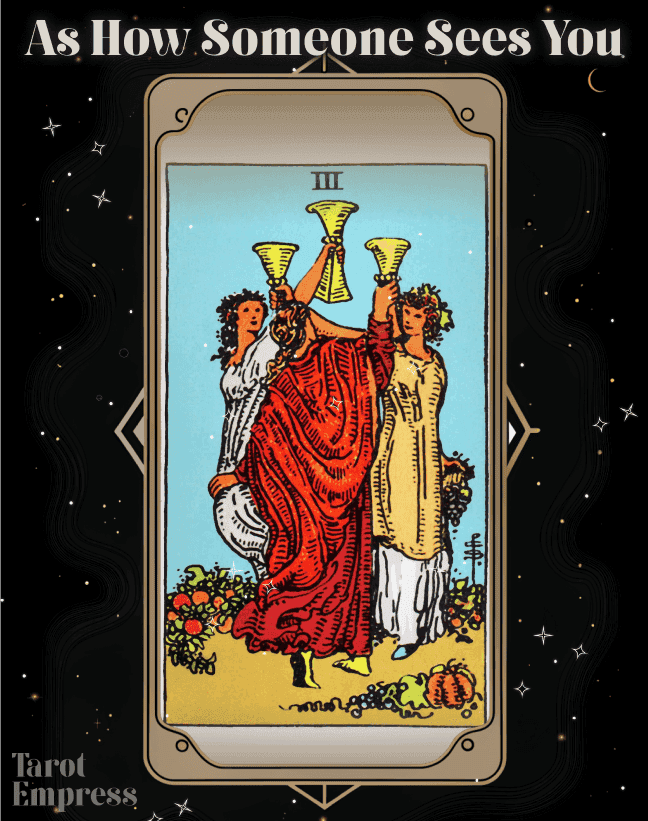Table of contents
- Deciphering the Ten of Swords: Intentions Behind the Imagery
- Ten of Swords Upright as Intentions: The Final Acts
- Ten of Swords Reversed as Intentions: The Reluctant Undoing
- Ten of Swords as Someone's Intentions: Upright vs Reversed
- Interpretation of 10 of Swords as Intentions
- Transformative Wisdom: Reaping Insight from Ten of Swords
- FAQs
In the mysterious world of tarot readings, every card carries profound meanings, often capturing a snapshot of the human experience in its imagery. Among the most intense and evocative cards is the Ten of Swords. When examined in the context of intentions, this card offers stark insights into the underlying motives and potential actions that may be set in motion. The Ten of Swords is a card that holds the weight of finality and transformation, urging us to reflect deeply on its significance. Let's navigate through the intricacies of the Ten of Swords, contemplating its meanings in both upright and reversed positions as intentions.
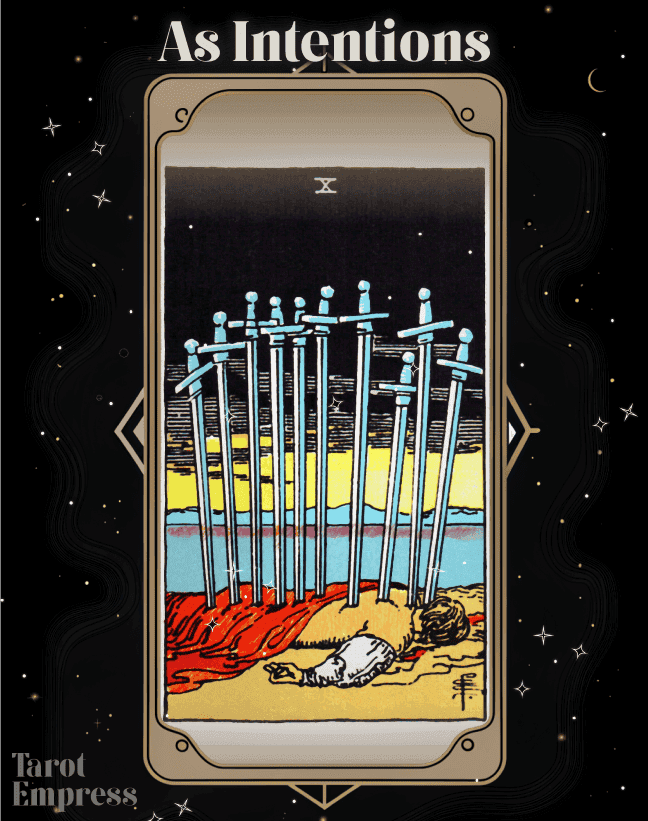
Deciphering the Ten of Swords: Intentions Behind the Imagery
The Ten of Swords is a card that often evokes a visceral reaction upon first glance. Depicting a figure lying face down with ten swords piercing their back, it is a stark image that conjures thoughts of betrayal, defeat, and surrender. However, interpreting the 10 of Swords requires a nuanced understanding, especially when it comes to discerning intentions. The card in its upright position speaks of endings, painful realizations, and the culmination of a difficult journey. Reversed, the card may hint at the possibility of recovery, resistance to an inevitable change, or unintended consequences. Such interpretations invite us to ponder deeply about the intentions it illuminates.
Ten of Swords Upright as Intentions: The Final Acts
When the Ten of Swords appears upright as intentions, it signals a clear and often irrevocable climax. This card conveys the determination to end a chapter or situation, no matter how painful or challenging it might be. The upright Ten of Swords as intentions can manifest in several distinct ways, reflecting a sense of resolution and the readiness to embrace an ultimate change.
- Decisive Termination: The person might intend to end a relationship, partnership, or job decisively. This act is driven by the acknowledgment that continuing forward would be futile or even detrimental.
- Releasing Burdens: In some contexts, the intention might be to release burdens or responsibilities that have become overwhelming. This can be a surrender, both emotional and psychological.
- Acceptance of Reality: Acceptance of a harsh reality or fact – this could involve coming to terms with a betrayal or failure and choosing to move on.
- Sacrificial Resolution: Sometimes, the intention is sacrificial, where one chooses to bear the brunt to prevent further damage to others.
- Catalyst for Change: Intentions may serve as a catalyst for deeper transformation, paving the way for new beginnings after the dust settles.
Upright 10 of Swords: Manifestation in Real Life
- Professional Sphere: Imagine a business executive deciding to shutter a failing startup. The intention is not just to close the entity but also to free up resources and energy for future ventures.
- Personal Life: Consider someone ending a toxic friendship. They acknowledge the pain it might bring but choose to cut ties definitively, understanding that it’s for their well-being.
- Health: Think of a person deciding to quit a harmful habit. The process is excruciating but ends a cycle of self-harm, transitioning the individual towards recovery.
Ten of Swords Reversed as Intentions: The Reluctant Undoing
Reversed, the Ten of Swords offers a different lens through which we view intentions. This position might indicate an aversion to finality or a struggle against the inevitable. It could also reflect an attempt to mitigate or reverse the damage done by previous actions. A reversed Ten of Swords as intentions necessitates a delicate understanding of the underlying emotional currents.
- Resistance to Change: The intention might be to resist a necessary ending or change, despite recognizing its inevitability.
- Clinging to the Past: This can involve holding onto past grievances or situations, unable to let go.
- Reparative Actions: There could be a desire to mend broken fences and repair damaged relationships, albeit with mixed motivations.
- Avoiding Consequences: Often, the reversed card denotes attempts to sidestep or avoid the repercussions of actions.
- Seeking Second Chances: The individual might intend to seek a second chance or reprieve from a situation that seemed conclusive.
Reversed 10 of Swords: Real-Life Examples of Intention
- Professional Sphere: Imagine an employee who chooses not to resign from a stagnant position, despite being aware of better offers. Their intention might be rooted in fear of the unknown or a stubborn attachment to their current role.
- Personal Life: Consider someone attempting to rekindle a romance that ended painfully. Their intentions might emerge from sentimental longing rather than practical viability.
- Health: Picture an individual who relapses into an old habit despite having made significant progress in quitting. Their intention to revisit familiar territory can be interpreted as an aversion to the discomfort of change.
Ten of Swords as Someone's Intentions: Upright vs Reversed
The Ten of Swords can shed light on intentions in various spheres of life, allowing us to understand the motivations and potential actions of the individuals involved. Whether upright or reversed, the card's implications for intentions in relationships, business decisions, and personal endeavors are profound.
In Personal Relationships
- Upright: In relationships, upright intentions motivated by the Ten of Swords indicate a definitive end. It might mean ending a toxic relationship, accepting the closure, and seeking relief from persistent emotional turmoil. The intent is to cut off the source of pain and begin anew.
- Reversed: When the 10 of Swords is reversed, intentions might reveal a reluctance to fully let go of a relationship or grudges. Despite knowing the relationship is damaged beyond repair, the individual may try to hold on or fix things, sometimes prolonging the suffering.
In Career and Business
- Upright: The upright card may indicate the intention to end a professional path or business venture that’s no longer viable. This decision is usually marked by a clear understanding that continuing would result in more losses.
- Reversed: On the flip side, reversed intentions in a career context may suggest a person is attempting to salvage a failing project or holding onto a job that’s become detrimental to their growth. They might be avoiding the reality of the situation, hoping for a turnaround that isn’t forthcoming.
Personal Decisions
- Upright: In personal life, the upright 10 of Swords points to the intent of cutting away old habits, beliefs, or situations that have reached their detrimental peak. This involves difficult decisions that pave the way for new beginnings.
- Reversed: Conversely, reversed intentions often denote a struggle to relinquish harmful habits or shift away from counterproductive patterns. This resistance to change might be driven by fear or sheer inertia.
Interpretation of 10 of Swords as Intentions
The Ten of Swords, with its stark visuals and profound symbolism, serves as a powerful card when delving into the realm of intentions. Interpreting this card allows us to gain clarity on the motives that drive crucial decisions and actions. Understanding its upright and reversed meanings is vital to fully grasp its implications on intentions.
Navigating Intentions with Upright 10 of Swords
When the Ten of Swords is upright, it signals the need for closure and transformation. The intentions, while often painful, are grounded in the recognition that reaching an end is sometimes necessary for new beginnings. It's about accepting that some things must be let go of for growth to occur. This understanding can bring a sense of empowerment and liberation, as the individual consciously chooses to end a cycle, making room for regeneration.
Understanding Reversed Intentions with 10 of Swords
In its reversed position, the card indicates a reluctance to face endings, often spawning intentions that are counterproductive or rooted in avoidance. However, this does not always mean the individual is acting negatively. Sometimes, the reversed Ten of Swords intentions stem from a deep-seated hope or a desire for reconciliation and repair. It’s crucial to foster a balanced view, recognizing both the potential for undue clinging and the genuine aspiration to heal and mend.
Transformative Wisdom: Reaping Insight from Ten of Swords
As we ponder the nature of the Ten of Swords and its implications on intentions, it becomes evident that this card encapsulates a profound journey through pain, realizations, and eventual transformation. Understanding how it shapes intentions enables us to empathize with others’ motives and assess our own with greater wisdom. Whether standing confronted with an upright or reversed position, the Ten of Swords urges us to navigate our intentions with courage and clarity.
In your own readings, consider the context and the individual's circumstances deeply. Professional guidance can offer nuanced interpretations that align closely with personal experiences and intentions. Embrace the wisdom of the Ten of Swords, recognizing its dual capacity to signal both the end and the fragile beginning of something new.
Reflect on how you might harness this card’s insights to bring meaningful changes in your life and the lives of those around you. Intentions are powerful, and understanding what the Ten of Swords reveals about them can offer profound clarity and direction, guiding one through the labyrinth of human experience with insight and grace.
FAQs
What does the Ten of Swords signify when evaluating intentions?
The Ten of Swords, when assessing intentions, signifies a stark sense of finality and closure. It's often associated with the end of a difficult cycle, signaling that someone may be ready to make a decisive, albeit painful, conclusion in their life.
How do upright Ten of Swords cards reflect on someone's intentions?
When the Ten of Swords appears upright, it typically reveals that someone's intentions are geared towards bringing an end to a situation that no longer serves them. This may involve difficult decisions, acceptance of current hardships, and a readiness to embrace the ensuing transformation.
What insights do reversed Ten of Swords cards offer about intentions?
Reversed, the Ten of Swords indicates a reluctance to face an ending or a clinging to the past. It may also suggest a desire to avoid the consequences of one's actions, showing that someone's intentions could be rooted in a fear of change or a refusal to let go.
How does understanding the Ten of Swords as Intentions help decipher motivations?
Interpreting the Ten of Swords as intentions provides profound insights into the underlying motives driving someone’s actions. By examining this card, one can gain clarity about why a person might be ending a situation, resisting change, or seeking closure, thus offering a window into their emotional and psychological state.
Can the Ten of Swords as intentions impact decision-making processes?
Absolutely. The Ten of Swords as intentions can significantly influence decision-making. When this card appears, it often heralds the need for decisive actions and acceptance of inevitable changes, pushing individuals to confront difficult truths and make resolutions that pave the way for new beginnings.
How can the Ten of Swords guide personal reflection on intentions?
The Ten of Swords can serve as a powerful tool for personal reflection on one's own intentions. By contemplating its imagery and meanings, individuals can better understand their motivations regarding closures, transformations, and their readiness to release what no longer serves their highest good.

